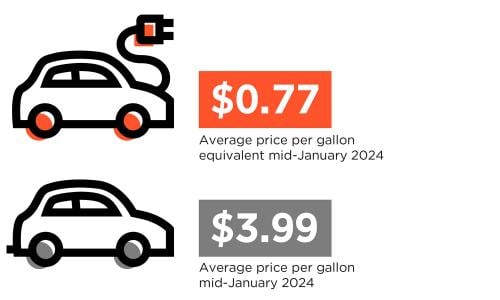To reduce transportation-related emissions—responsible for nearly 40 percent of the United States' total global warming pollution—we need more efficient vehicles, fewer miles driven, and lower-carbon fuels (i.e., fuels that generate significantly less heat-trapping gases per unit of energy delivered than today's petroleum-based gasoline and diesel). Hydrogen, electricity, and biofuels (fuels produced from plants) all have the potential—if produced in a sustainable manner—to not only reduce transportation-related emissions but also promote economic and energy security by curbing our country's growing oil dependence.
Biofuels can quickly become a staple of a low-carbon fuel diet because they integrate well with our existing fuel distribution infrastructure and offer potentially abundant domestic supplies with significant opportunities for growth. But not all biofuels are the same. There is a wide range in the estimated heat-trapping emissions and other environmental impacts from each biofuel over its life cycle (i.e., from farm to finished fuel to use in the vehicle), depending on the feedstock, production process, and model inputs and assumptions. There are also concerns about emissions and impacts from land conversion and land use associated with biofuel production.
New rules are being developed that will require fuel providers to account for and reduce the heat-trapping emissions associated with the production and use of transportation fuels. For example, both the U.S. Congress and Environmental Protection Agency (EPA) are considering strategies to promote low-carbon and renewable transportation fuels (including biofuels). California, the nation's largest market for transportation fuel, is developing a Low Carbon Fuel Standard that will require fuel providers to demonstrate reductions in global warming pollution per unit of energy delivered, regardless of fuel source. More state, regional, and federal rules will undoubtedly follow.



